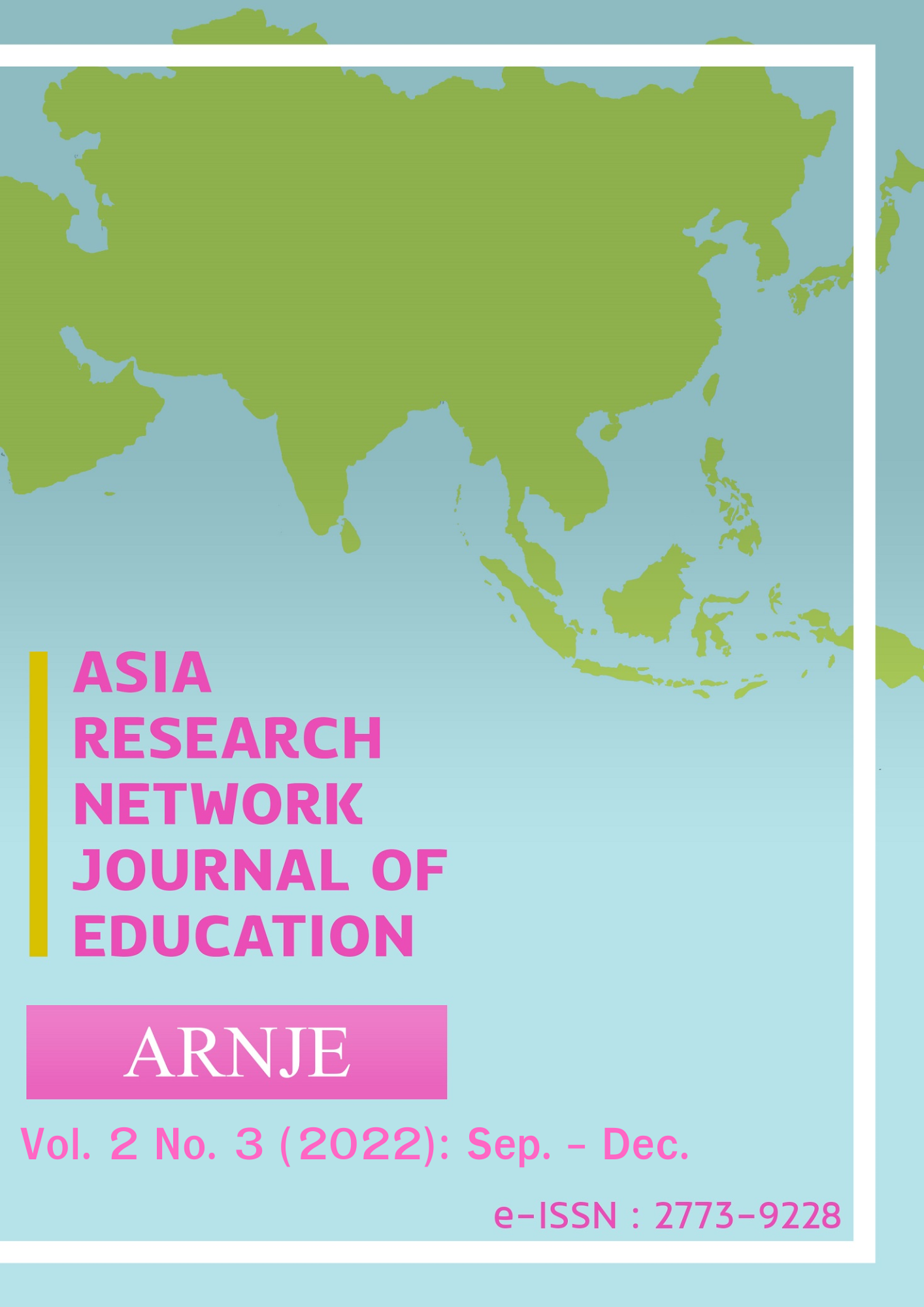Project R.A.D.I.O. Modular Distance Learning in Mathematics: The Case of Linanot Elementary School
Main Article Content
Abstract
In today’s learning paradigm, hinterland schools transitioned from face-to-face instruction to modular distance learning (MDL) modality. Upon the implementation of MDL in Linanot Elementary School, one of the most prevalent concerns that arise is the learners’ low-level performance in Mathematics, specifically their conceptual understanding and problem-solving skills. This article sought the contribution of two-way radio instruction in the performance of Grade Two learners in school year 2020-2021, employing descriptive design with quantitative and qualitative support. Results revealed that learners' performance in Mathematics increased and improved after the conduct of two-way radio instruction, explicitly describing their experiences as ‘more guided’ and ‘interactive’ even without meeting face-to-face. However, some of the learners likewise encountered challenges in the technical aspects due to their first-time experience in using the radio. Based on the findings, Project R.A.D.I.O (Radio Assisted Delivery on Improving Instructional Outcomes) is formulated, embedding two-way radio instruction in the instructional design.
Article Details

This work is licensed under a Creative Commons Attribution-NonCommercial-NoDerivatives 4.0 International License.
Copyright: CC BY-NC-ND 4.0
References
Bosch, A. (2004). Sustainability and interactive radio instruction: Why some projects last. In D. W. Chapman & L. O. Mahlck (Eds.), Adapting Technology for School Improvement: A Global Perspective (pp. 149–173). United Nations Educational Scientific, and Cultural Organization, & International Institute for Educational Planning. https://files.eric.ed.gov/fulltext/ED495385.pdf
Department of Education (2020). Adoption of the basic education learning continuity plan for school year 2020-2021 in light of the COVID-19 public health emergency (DepEd Order No. 12, s. 2020). Manila: Department of Education, Republic of the Philippines
Department of Education (2020). Policy guidelines on the implementation of learning delivery modalities for the formal education (DepEd Memorandum DM-CI-2020-00162, s. 2020). Manila: Department of Education, Republic of the Philippines
Ho, J., & Thukral, H. (2009). Tuned in to student success: Assessing the Impact of Interactive Radio Instruction for the Hardest-to-reach. Journal of Education for International Development, 4(2), 34-51.
Kurnia, S. D. (2021). Covid-19, walkie talkie and teacher agency in educating young learner at SD Punik. Advances in Social Science, Education and Humanities Research, volume 556. DOI:10.2991/assehr.k.210525.136
McBurnie, C. (2020). The role of interactive radio instruction in the coronavirus (COVID-19) education response. https://bit.ly/3jiHEJi
Olakulehin, F. K. (2016). Impact of instructional radio delivery mode on academic achievement of distance learning students’ in computer science. US-China Education Review B. 6. 10.17265/2161-6248/2016.12.002.
Reiser, B. J. (2004). Scaffolding complex learning: The mechanisms of structuring and problematizing student work. Journal of the Learning Sciences, 13(3), 273–304. http://doi.org/10.1207/ s15327809jls1303_2.
Richmond, S. (2020). Repurposing established radio and audio series to address the COVID-19 educational crises (p. 9). Education Development Center. https://www.edc.org/sites/default/files/Repurposing-Established-Radio-Audio-Series.pdf
Vacca, J. (2008). Using scaffolding techniques to teach a social studies lesson about Buddha to sixth graders. Journal of Adolescent and Adult Literacy, 51(8), 652– 658


